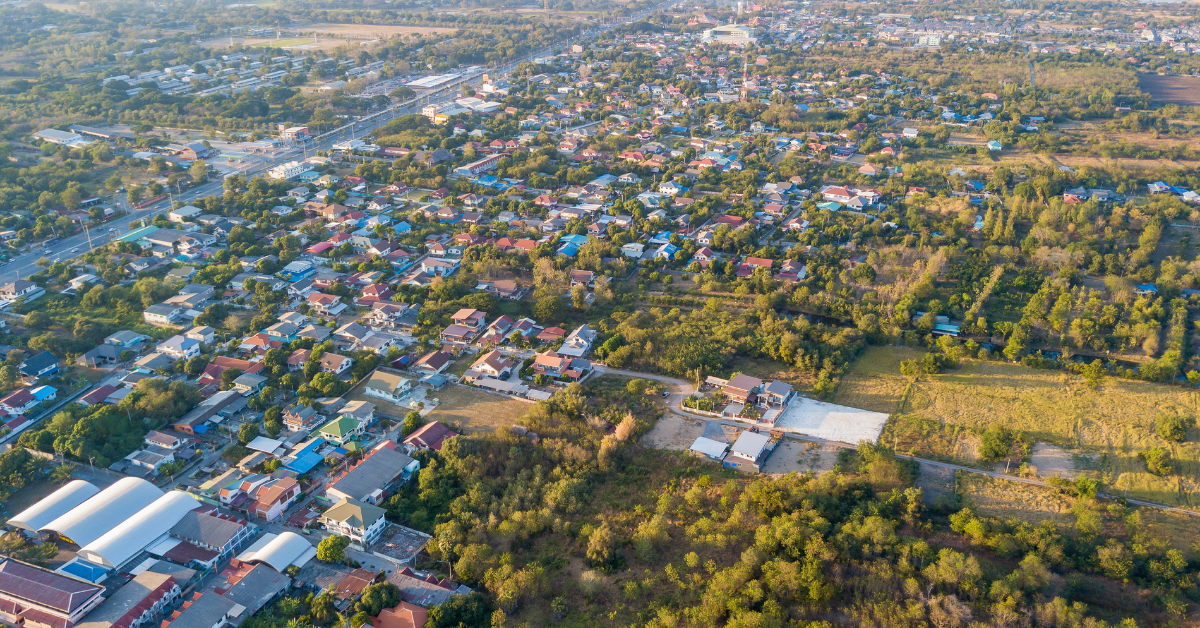
Why Land Use Planning is Critical for Future Development
As our population increases and the land of opportunity shrinks, developers and construction companies must learn how to effectively use their land in a way that will support the environment and nearby communities. Land-use planning can ensure that resources are used efficiently so the people’s needs are met while preserving their future resources.
This process is an essential component of any development plan, it can help prevent land-use conflicts and even reduce exposure to pollutants. When planned correctly and effectively, the environmental, social, physical, and economic conditions in the local community will all benefit.
What is Land Use Planning?
Land use planning is the practice where landowners, developers, municipalities, and other professionals collectively work to approve a land-based project while following principles that promote an appropriate social and environmental effect.
The main goal of this process is to make sure the land and its resources are efficiently used for the area’s specific purposes. Specific land use can range from residential, commercial, agricultural, among others.
If the development is going to create issues with the surrounding environment, these problems would be caught and addressed during the planning process. The whole point of land use planning is to make sure the land can be used and reused for generations to come after development is finished.
Different Types of Land
The bottom line is humans need land; as populations continue to grow, planning how we use that land will be crucial in optimizing and combining different development projects to work together cohesively. Below is a list of the five most common types of land for human use:
- Residential land is used to build homes.
- Commercial land is used for businesses, warehouses, shops, and any other infrastructure related to commerce.
- Transportation land is used for structures that get people from Point A to Point B. This includes roads, airports, train stations, bus stations, etc.
- Recreational land is meant to be used for the enjoyment of the people who use it. This can be anything from parks and open spaces to sports stadiums or amusement parks.
- Agricultural land is used for growing and harvesting crops/livestock.
Benefits of Planning
As populations increase, available land will become a scarce resource, which is where land use planning steps in. As more land is developed, effective planning will counteract the negative effects of its use and development. There are numerous other benefits to the process, including:
- Creating a framework for the project development,
- Helps anticipate the future of that area, which allows developers to implement an infrastructure that mitigates risk,
- Assists in placing measures that combat climate change,
- Effective planning can positively impact the urban economy,
- Promotes a better use and conservation of natural resources, along with protection of the environment,
- Prevents development in areas with a high risk of natural hazards,
- Minimizes the public health and safety risks for the local community,
- Prevents land-use conflicts.
Let Fausone & Grysko, PLC Help Plan Your Land
Before you break ground on that new development, consider contacting an experienced real estate and land use attorney. The law firm of Fausone & Grysko, PLC has over 25 years of experience in land use planning and disputes. Call our experts today and learn how we can help you get the best use out of your development project, (248) 380-0000.
